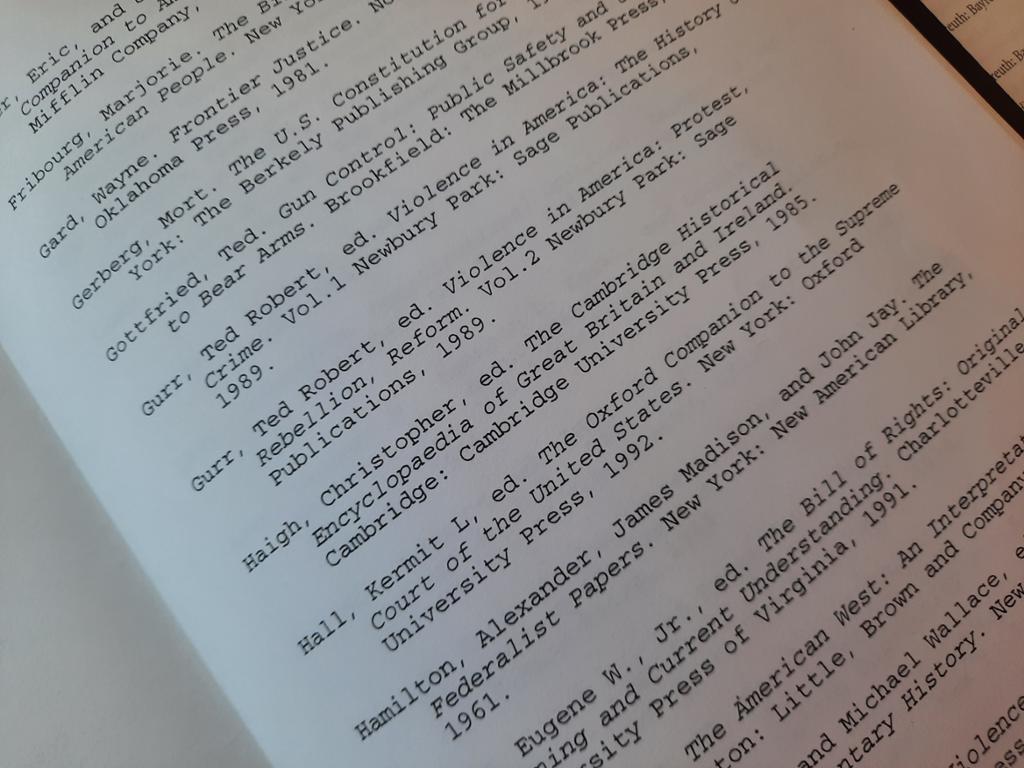Referencing Sources

Isaac Newton (1643–1727), one of Britain’s most famous physicists and mathematicians, once said that “If you have seen further, it is by standing upon the shoulders of giants.” You are not expected to know everything, but you are expected to try to find the best and most reliable information about the topic you are working with. In order to achieve this, you have to stand 'upon the shoulders of giants' - you have to learn from other people that are experts in their fields. And their knowledge is free to use - but in return, you have to refer to their work. This is called academic honesty and is a fundamental value in all academic work.
There are several reasons why it is important to refer to your sources:
It is a way to give credit to writers from whom you have borrowed words and ideas.
It provides support for the arguments you present in your text and makes your writing much more persuasive and credible.
You don’t have to worry about plagiarism – as long as you are open and fair about your sources, you are free to borrow ideas and words from anyone.
If a reader has further questions related to your text, it is easier for them to track down the sources that you have used.
There are different citation styles that you can use in your writing. Citation styles are standardised ways of referencing and listing your sources. Some of the most common styles are MLA, Chicago, Harvard, and APA. Different academic disciplines often recommend different styles, but the most important thing is that you are consistent in your use. The examples provided below follow the APA style, which is often recommended for Norwegian students in secondary education. If you want to use the APA style, Kildekompasset is a valuable resource.
When using Kildekompasset or another guide to a citation style, pay careful attention to the way the examples use italics and quotation marks. Getting these details right will help your readers understand what kinds of sources you have used. (Internet articles, books, magazines ...)
When it comes to the technical part of actually citing your sources. there are several rules you need to follow, and it is very important not to be sloppy with your citations. All sources need an in-text reference in addition to an end-text reference (bibliography). The reason for this is simple: the reader needs to know where you found the material (end-text) and where you use it (in-text).
In-text citations
In-text citations are placed at the end of the text that you have paraphrased or quoted. For publications (books, magazines, newspapers, reports, …) you should include the last name of the author, year of publication, and page number.
In the following example, the information has been found in a book and is paraphrased. At the end of the paragraph, you include the required information.
Winston Churchill was the son of lord Randolph and the American heiress Jennie Jerome. He was educated at Harrow Public School and Sandhurst Military Academy and later served in India with a cavalry commission. What we best remember him for is his political career in the House of Commons, which spanned more than 60 years. He was prime minister in Britain during the Second World War and served one further term in 1951. (Kelly, 2013. p. 237)
If you refer to a webpage where there are no page numbers, you only include the last name of the author and the publishing year, as you will see in this direct quotation:
"Winston Churchill is again the subject of a row over reputation: Is the man once voted the greatest Briton in a BBC poll still a 'hero'? Or is he, as shadow chancellor John McDonnell recently claimed when asked to choose, a 'villain'?" (Edwards, 2019)
Sometimes, you will not find the name of the person who wrote the material on the webpage. In these cases, you just use the website itself (e.g. The Nobel Prize). Sometimes you will also see that the year of publication is missing. If that is the case, you can add ‘n.d.’ ('no date') to the citation. In other words, (The Nobel Prize, n.d.) is a perfectly legitimate in-text citation, as shown in the following example:
In addition to his careers as a soldier and a politician, Churchill was a gifted writer and a master of the English language. During his life, he wrote forty-three books, and he received the Nobel Prize for Literature in 1953, largely for his six-part history of World War 2. (The Nobel Prize, n.d.)
End-text citations
At the end of your paper, you should include a bibliography where you compile all the sources that you have been quoting from (directly or indirectly) in your text. You should also include sources for pictures, tables, and statistics that you may have included. All sources (text, pictures, tables, …) should be listed alphabetically.
If you follow the APA style, you should try to include the following information for every source:
For websites:
name of author (last name, followed by the first letter of the given name)
year of publication
title of the article
company or organisation that owns or posts to the website
URL (website address)

For journals and books:
name of author (last name first)
year of publication
title of article.
edition
publisher
As you see, there is quite a lot of information that should be included in a bibliography, and for longer research papers a bibliography can often cover several pages. So, remember to write down the information you need during the writing process; this will save you a lot of work later.
Sometimes, you will find that the information needed to create a reference list entry is missing or unknown. Often, this is not a problem; you only include the information you have. However, if a source is missing both the name of the author and the name of a company or organisation responsible for the webpage, you don't really know anything about this author's credentials or expertise. Perhaps you should reconsider and find a more reliable source?